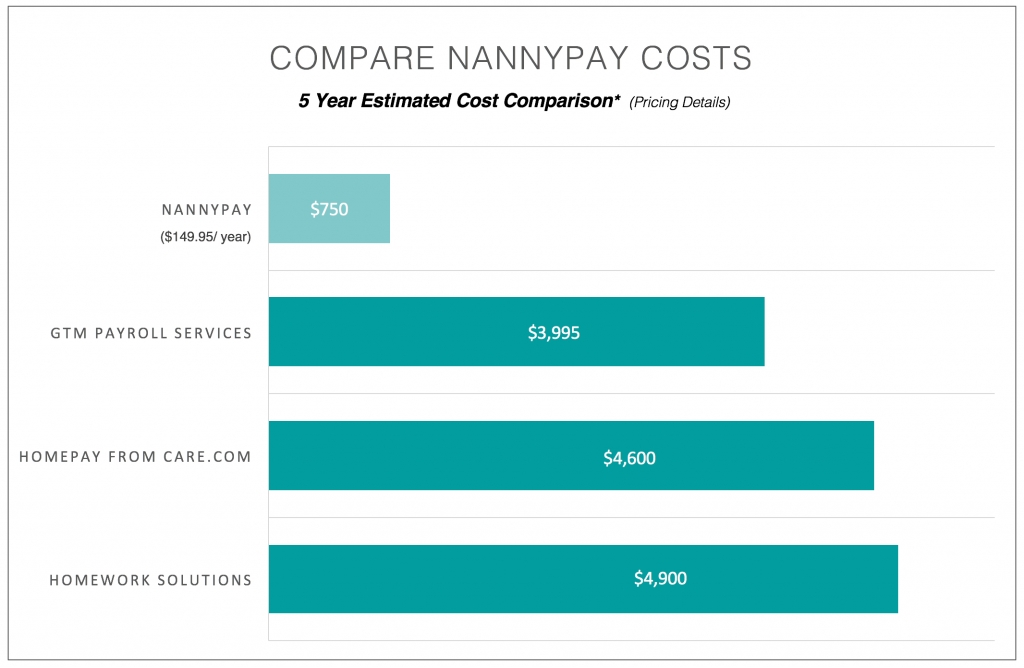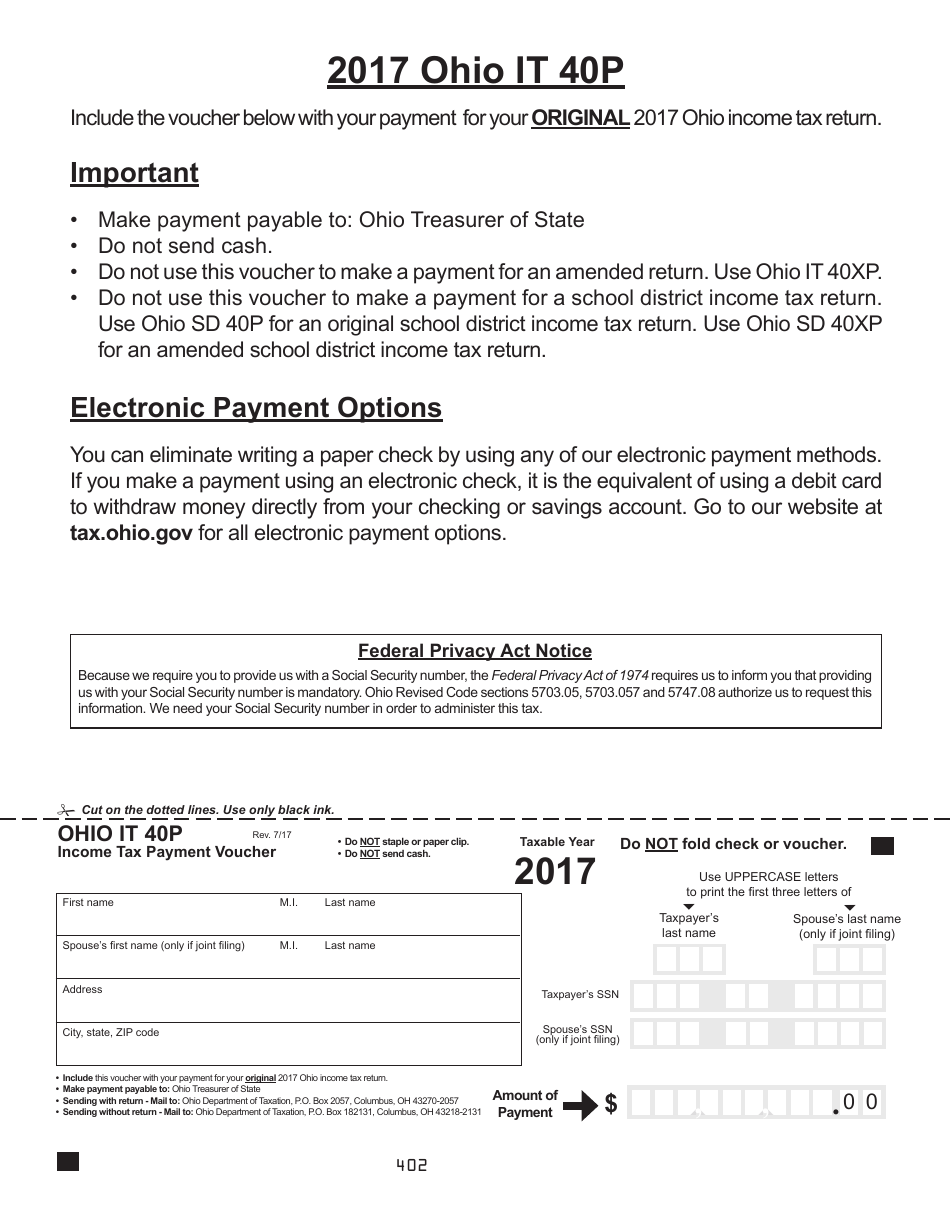

To pay these so-called nanny taxes, there’s lots of paperwork involved. Stephanie Breedlove, head of HomePay (opens in new tab) and founder of Breedlove and Associates, a nanny payroll service, says you can offset some of these household employee taxes by taking advantage of the child-care tax credit or a dependent-care FSA (see above) The federal unemployment tax is 6%, but you may be able to get a credit of up to 5.4% by paying your state’s unemployment tax. Check with your state’s labor department. Your state may levy an unemployment tax, as well. You also have to pay a federal unemployment tax on the nanny’s first $7,000 of wages if you pay her $1,000 or more in any calendar quarter. For 2013 you’ll pay the employer’s share of 7.65% of wages - 6.2% for Social Security and 1.45% for Medicare -and you’ll withhold the same amount (the employee’s share) from your nanny’s paycheck. You must withhold and pay Social Security and Medicare taxes if you pay a household employee $1,800 or more a year. I can tell you from experience that dealing with the tax implications of employing a nanny is a pain. And a nanny can offer flexible hours and accommodate parents who don’t have typical 9-to-5 work schedules.Ĭons. If you work from home, you’ll have the opportunity to interact occasionally with your child during the day. He can interact one-on-one with a nanny in the comfort of his own home, take naps in his own bed and play with his own toys that a multitude of other kids haven’t stuck in their mouths. Your child doesn’t have to compete with several other children to get the caregiver’s attention. And germs are spread so easily among little kids at day care that you might have to frequently take off days from work to care for a sick child (and you’ll still have to pay for those days when he’s home). If you have two or more children, then day care might cost more than paying the salary of one nanny to watch all of your kids.

So if you work, say, from the afternoon into the night, day-care hours might not mesh with your work hours. Most facilities operate during normal daytime work hours. See Claiming the Child-Care Credit for more information.Ĭons. You might be able to take advantage of both tax breaks. The money you contribute to an FSA escapes income taxes and Social Security and Medicare taxes. You can set aside up to $5,000 a year to cover child-care costs for children younger than 13. However, if your employer offers a dependent-care flexible spending account, that may be a better deal. The percentage ranges from 20% to 35%, depending on your adjusted gross income. The tax credit is worth a percentage of the amount spent on child care. You can count up to $3,000 in qualifying child-care expenses for one child, or up to $6,000 for two or more children. You can claim the child-care tax credit if you pay for care for children younger than 13 while you work. Plus, you can offset some of the cost of day care with tax breaks.


 0 kommentar(er)
0 kommentar(er)
